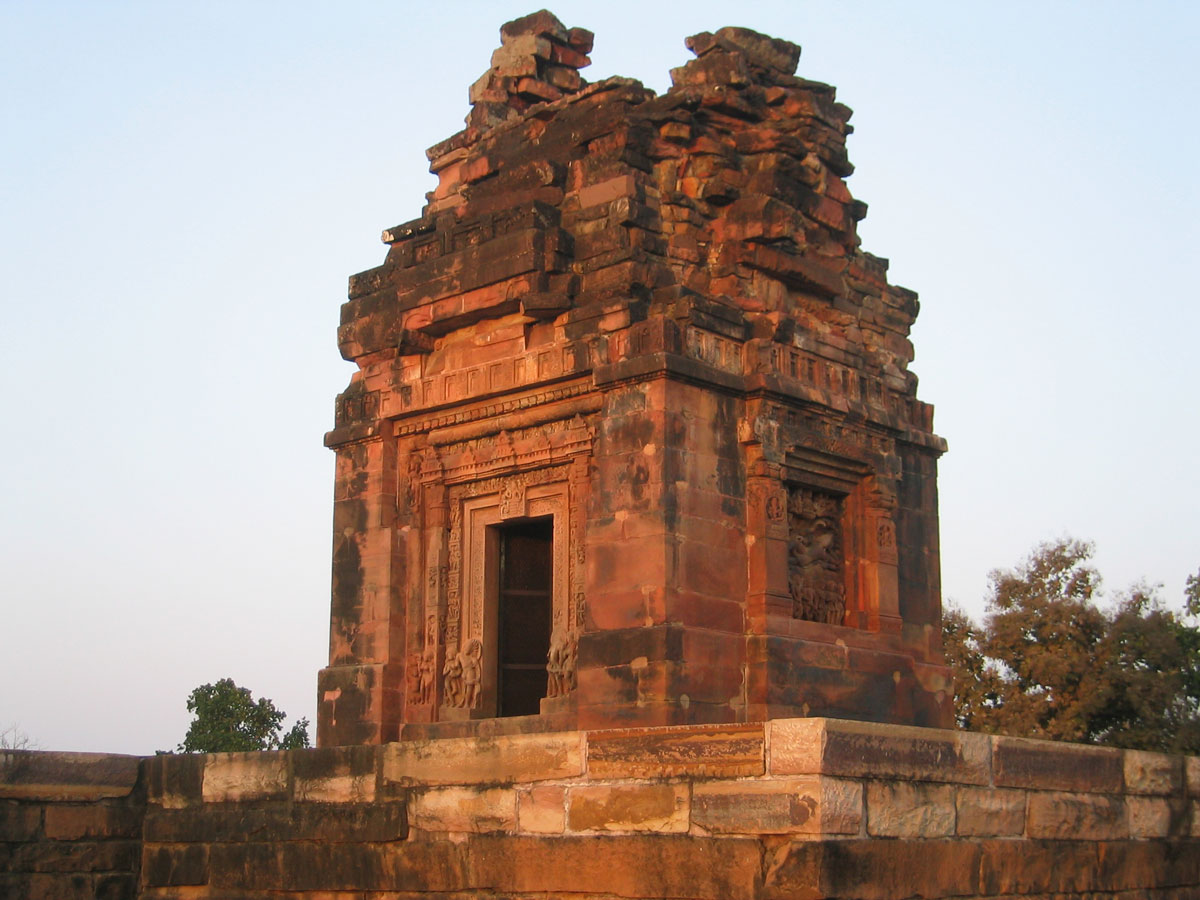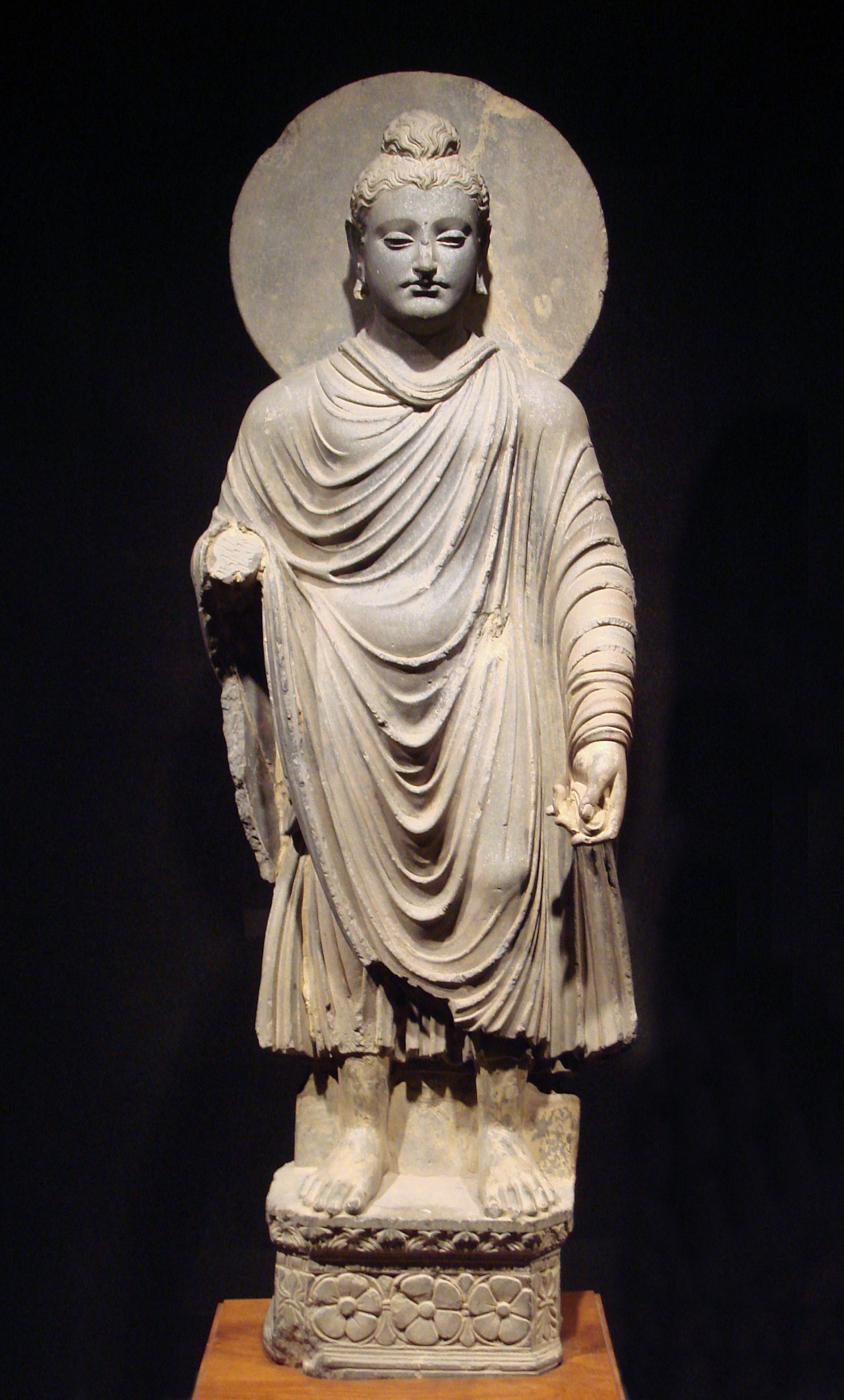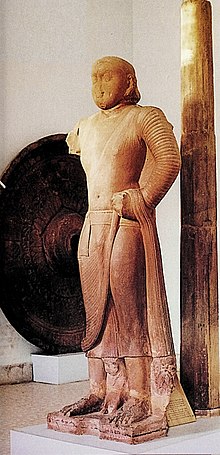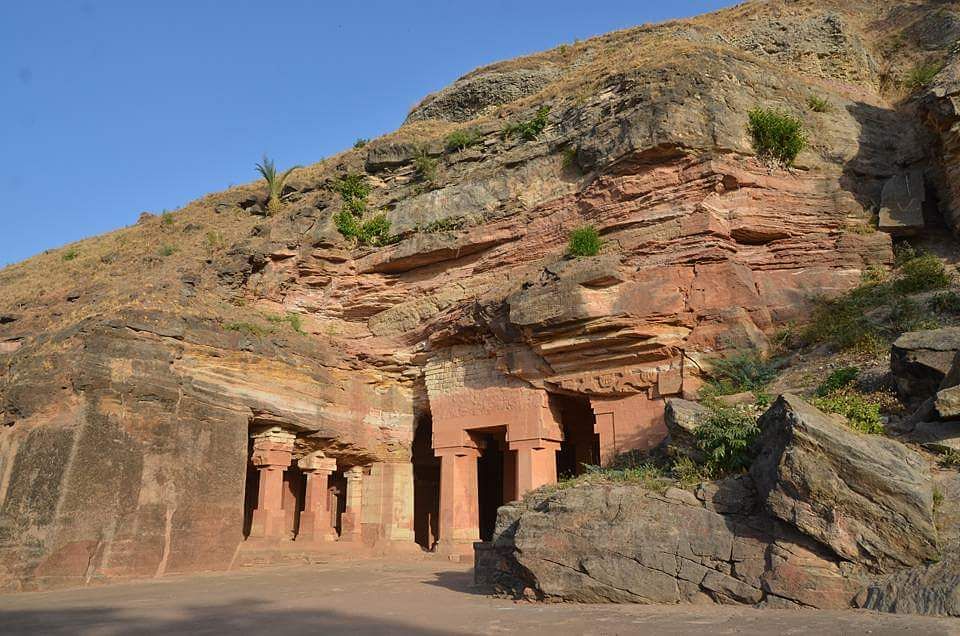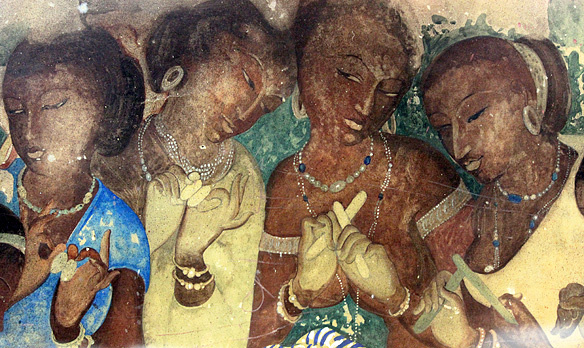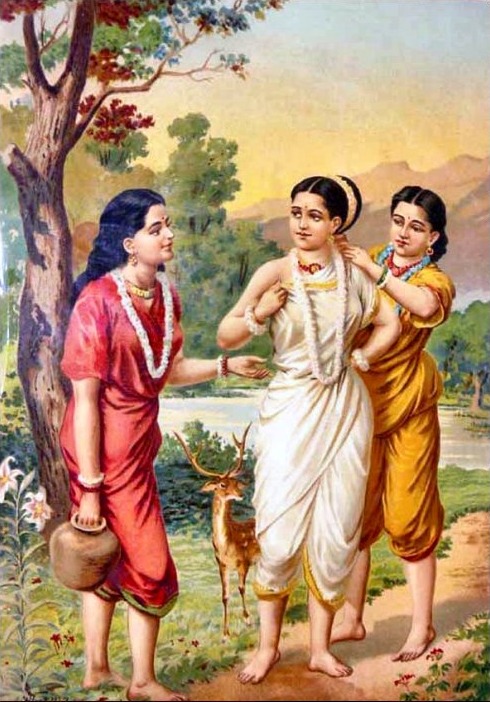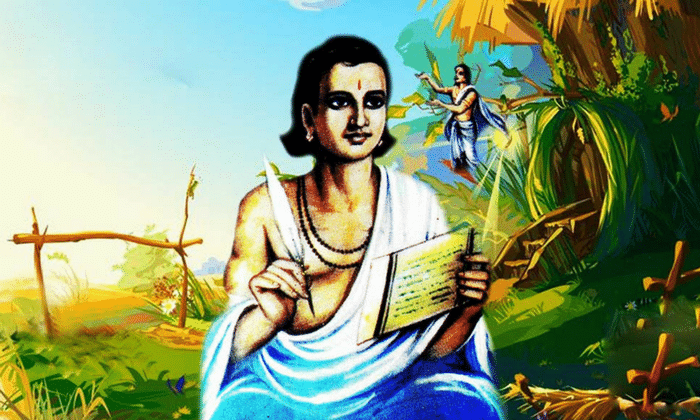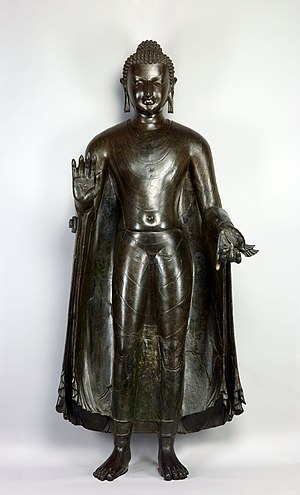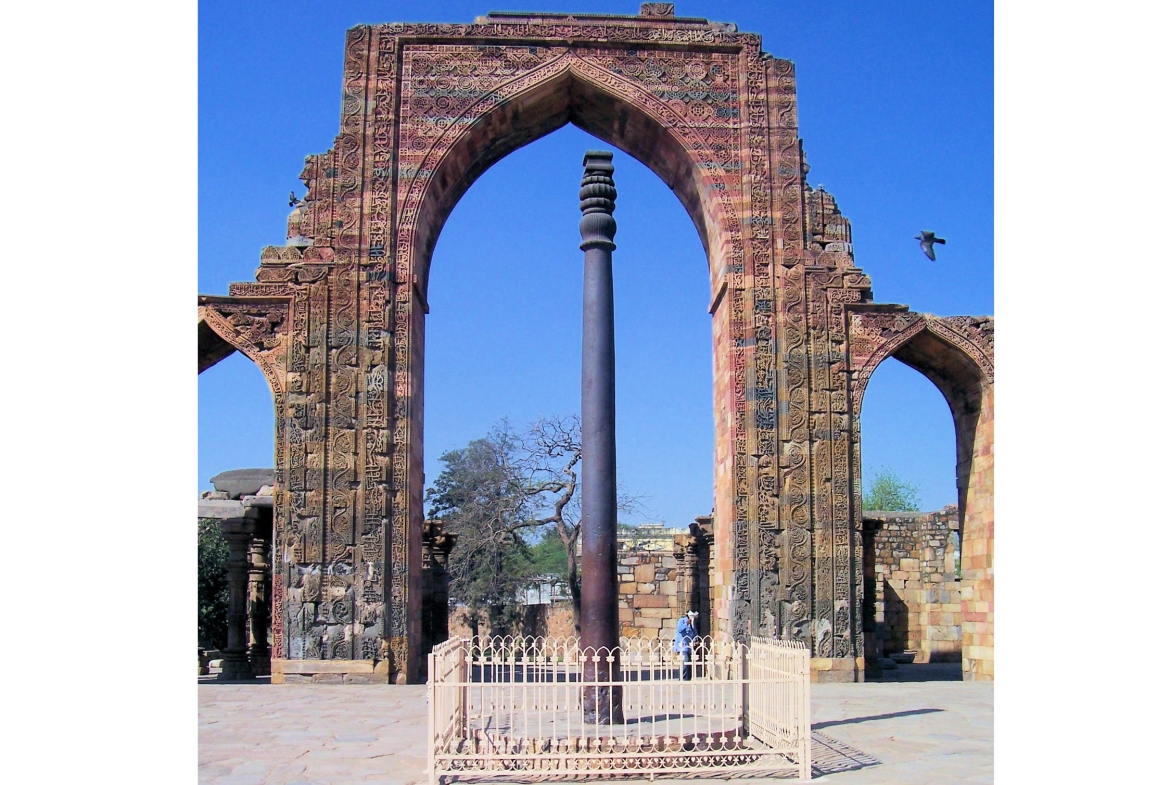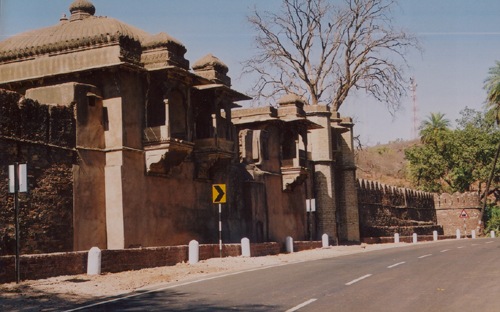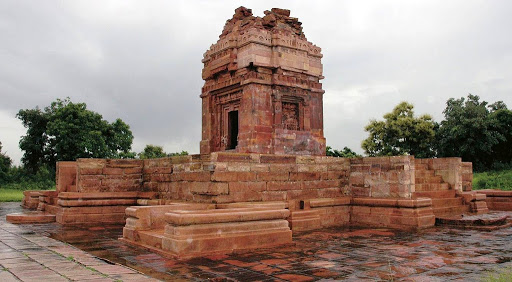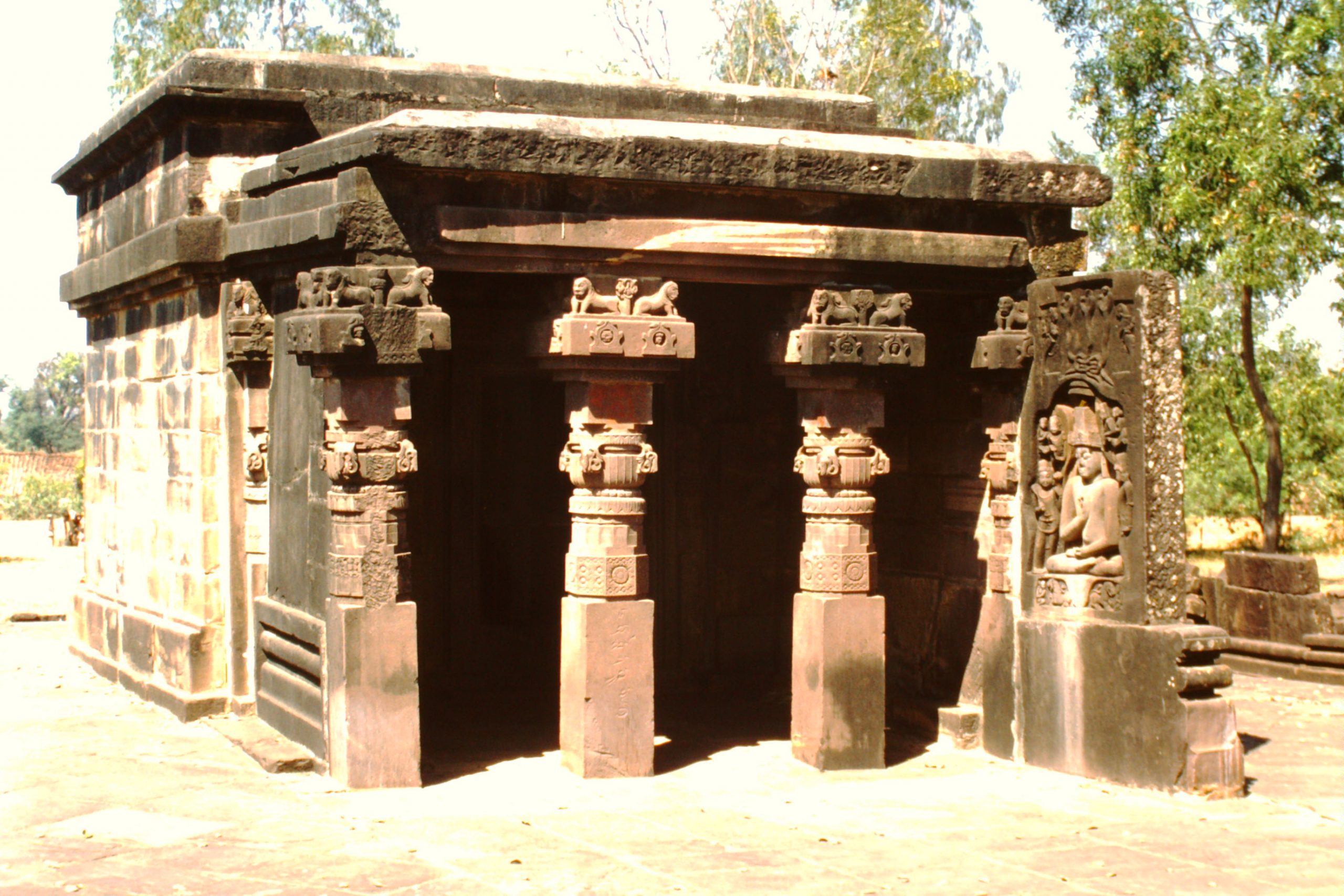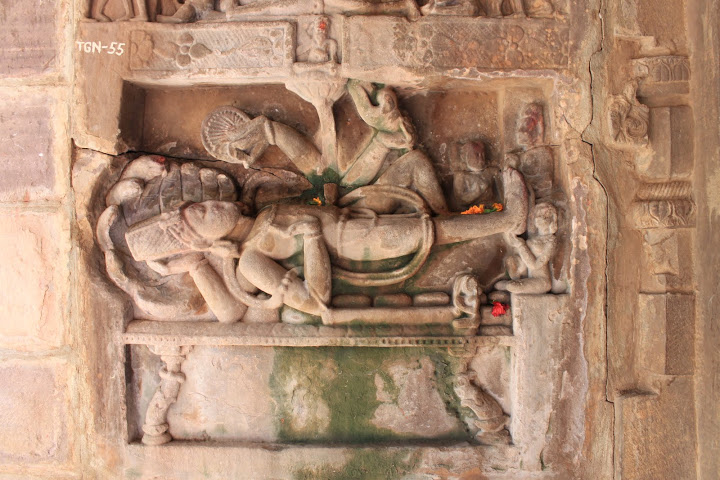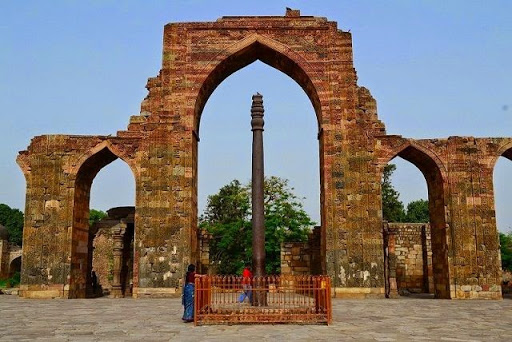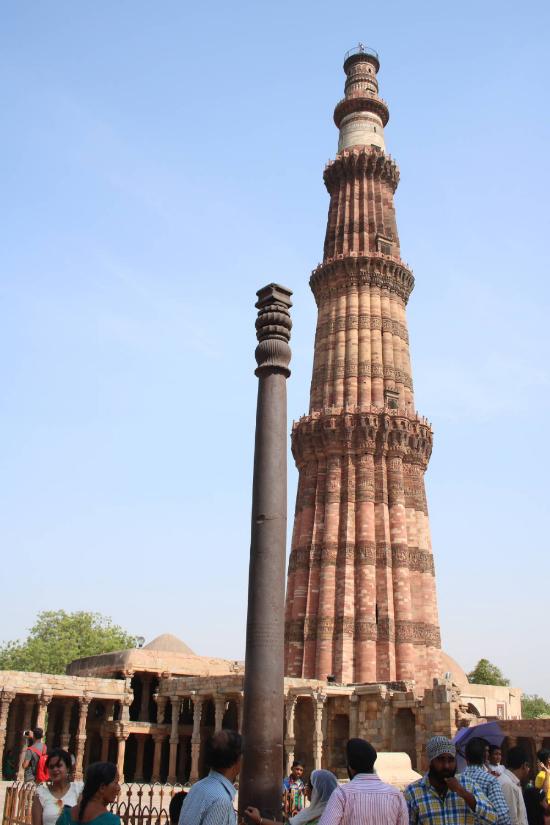Static Quiz 25 May 2022
Quiz-summary
0 of 5 questions completed
Questions:
- 1
- 2
- 3
- 4
- 5
Information
Static Quiz 25 May 2022 for UPSC Prelims
You have already completed the quiz before. Hence you can not start it again.
Quiz is loading...
You must sign in or sign up to start the quiz.
You have to finish following quiz, to start this quiz:
Results
0 of 5 questions answered correctly
Your time:
Time has elapsed
You have reached 0 of 0 points, (0)
Categories
- Not categorized 0%
- 1
- 2
- 3
- 4
- 5
- Answered
- Review
- Question 1 of 5
1. Question
Which of the following regarding Gupta empire Art and Culture are correct?
1. The Nagara and Dravidian styles of art came during this period.
2. There was absence of growth of Gandhara style.
3. Most of the paintings are seen at Bagh caves near Gwalior which shows the greatness and preciseness of Gupta art.CorrectAns;- d) All of the above
Explanation;-
• All the 3 statements regarding Gupta Art and Culture are correct.
About Gupta Art and Culture
• A period of renaissance “ is the name of this golden age of Gupta period , given by few scholars.
• The Gupta period was famous for vast progress in area of art, science and literature and due to this progress it has been called “a Golden Age”.
• The Gupta period covers an important place in the history of Indian art and architecture.
• The following are the highlights of the art and culture of Gupta Empire as follows;-
1) Most remarkable was the Bhitari monolithic pillar of Skandagupta.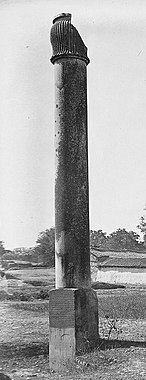
2) The Nagara and Dravidian styles of art came during this period.

Above image attached of Dashavatara Temple, Deogarh in Uttar Pradesh, its in Nagara Temple Architecture Style.
3) There was absence of growth of Gandhara style.
4) But Mathura’s one pleasant standing Buddha statue shows a little Greek style.
5) The temple at Deogarh near Jhansi, the sculptures in the temple at Garhwas which is near Allahabad were great source of showing effects of the Gupta art.
6) The unearthed statue of Buddha at Sarnath is a symbol of Gupta art.
7) The most of the paintings are seen at Bagh caves near Gwalior which shows the greatness and preciseness of Gupta art.
8) The paintings of Ajantha mostly demonstrate the life of the Buddha.

Above image attached of Bagh Caves Madhya Pradesh which have many Gupta time Cave Paintings inside it as shown in the above image one of its paintings.
9) The Kalidasa was a great poet and playwright during Chandragupta II.
10) His master-piece was the Shakuntala.
11) His other plays are Malavikagnimitra ,Vikramorvasiya and Kumarasambhava. His two lyrics are Ritusamhara and Meghaduta.
12) During the Gupta period Metallurgy also made a wonderful impact. The craftsmen were expert in their art of casting metal statues and pillars.
13) The most antique item in Sultanganj is the huge copper statue of Buddha.
14) This is now kept at Birmingham museum, was of seven and a half feet height and a ton weight.
15) The Delhi Iron pillar of the Gupta period is rust free even today. Incorrect
IncorrectAns;- d) All of the above
Explanation;-
• All the 3 statements regarding Gupta Art and Culture are correct.
About Gupta Art and Culture
• A period of renaissance “ is the name of this golden age of Gupta period , given by few scholars.
• The Gupta period was famous for vast progress in area of art, science and literature and due to this progress it has been called “a Golden Age”.
• The Gupta period covers an important place in the history of Indian art and architecture.
• The following are the highlights of the art and culture of Gupta Empire as follows;-
1) Most remarkable was the Bhitari monolithic pillar of Skandagupta.
2) The Nagara and Dravidian styles of art came during this period.

Above image attached of Dashavatara Temple, Deogarh in Uttar Pradesh, its in Nagara Temple Architecture Style.
3) There was absence of growth of Gandhara style.
4) But Mathura’s one pleasant standing Buddha statue shows a little Greek style.
5) The temple at Deogarh near Jhansi, the sculptures in the temple at Garhwas which is near Allahabad were great source of showing effects of the Gupta art.
6) The unearthed statue of Buddha at Sarnath is a symbol of Gupta art.
7) The most of the paintings are seen at Bagh caves near Gwalior which shows the greatness and preciseness of Gupta art.
8) The paintings of Ajantha mostly demonstrate the life of the Buddha.

Above image attached of Bagh Caves Madhya Pradesh which have many Gupta time Cave Paintings inside it as shown in the above image one of its paintings.
9) The Kalidasa was a great poet and playwright during Chandragupta II.
10) His master-piece was the Shakuntala.
11) His other plays are Malavikagnimitra ,Vikramorvasiya and Kumarasambhava. His two lyrics are Ritusamhara and Meghaduta.
12) During the Gupta period Metallurgy also made a wonderful impact. The craftsmen were expert in their art of casting metal statues and pillars.
13) The most antique item in Sultanganj is the huge copper statue of Buddha.
14) This is now kept at Birmingham museum, was of seven and a half feet height and a ton weight.
15) The Delhi Iron pillar of the Gupta period is rust free even today.
- Question 2 of 5
2. Question
Which of the following are the famous temples of Gupta empire?
1. Mukund Darra Temple, Kota
2. Dasavtar Temple, Jhansi
3. Vishnu Temple, TigawaCorrectAns;- d) All of the above
Explanation;-
• All the 3 temples of the famous Gupta Period.

Above image attached of Dara Mukund Temple in Kota Rajasthan of Gupta Period.

Above image attached of Dashavatara Temple Jhansi in Uttar Pradesh of Gupta Period.


Above image attached of Vishnu Temple Tigawa in Madhya Pradesh of Gupta Period.
IncorrectAns;- d) All of the above
Explanation;-
• All the 3 temples of the famous Gupta Period.

Above image attached of Dara Mukund Temple in Kota Rajasthan of Gupta Period.

Above image attached of Dashavatara Temple Jhansi in Uttar Pradesh of Gupta Period.


Above image attached of Vishnu Temple Tigawa in Madhya Pradesh of Gupta Period.
- Question 3 of 5
3. Question
In context of Gupta empire during whose time period was the Iron Pillar in Delhi erected?
CorrectAns;- b) Chandra Gupta II
Explanation;-
• The Iron Pillar of Delhi: The Iron Pillar of Delhi, India, erected by Chandragupta II to honor the Hindu god Vishnu, in the 4th century CE.

Above image attached of the iron pillar of Delhi is a structure 23 feet 8 inches high with 16 inches diameter that was constructed by Chandragupta II, and now stands in the Qutb complex at Mehrauli in Delhi, India. It is famous for the rust-resistant composition of the metals used in its construction.
IncorrectAns;- b) Chandra Gupta II
Explanation;-
• The Iron Pillar of Delhi: The Iron Pillar of Delhi, India, erected by Chandragupta II to honor the Hindu god Vishnu, in the 4th century CE.

Above image attached of the iron pillar of Delhi is a structure 23 feet 8 inches high with 16 inches diameter that was constructed by Chandragupta II, and now stands in the Qutb complex at Mehrauli in Delhi, India. It is famous for the rust-resistant composition of the metals used in its construction.
- Question 4 of 5
4. Question
Which of the following inscriptions mentions Chandragupta Vikramaditya authority over North-Western India?
CorrectAns;- d) Mehrauli Iron Pillar Inscription
Explanation;-
• The Iron Pillar now seen at the Qutb Complex, New Delhi, India, was originally erected during the time of King Chandra and bears his inscription in Sanskrit. This king has been identified with Emperor Chandragupta II (c. 375 – 413/14 CE) of the Gupta dynasty.
• The Pillar is famous for its non-rusted state, despite being made of 99% iron, and having been constructed in the 5th century CE, and thus having an existence of around 1600 years.
• It is believed to have had the emblem of the mythical bird Garuda, the symbol of the Guptas, at the top, but is now missing. The fluted bell capital is characteristic of the Gupta architecture. The total length of the pillar is 7.2 metres, of which 93 cm is buried underground.
• The pillar is believed to have been brought from somewhere else by a king of Delhi in the late ancient or early medieval period.

 Incorrect
IncorrectAns;- d) Mehrauli Iron Pillar Inscription
Explanation;-
• The Iron Pillar now seen at the Qutb Complex, New Delhi, India, was originally erected during the time of King Chandra and bears his inscription in Sanskrit. This king has been identified with Emperor Chandragupta II (c. 375 – 413/14 CE) of the Gupta dynasty.
• The Pillar is famous for its non-rusted state, despite being made of 99% iron, and having been constructed in the 5th century CE, and thus having an existence of around 1600 years.
• It is believed to have had the emblem of the mythical bird Garuda, the symbol of the Guptas, at the top, but is now missing. The fluted bell capital is characteristic of the Gupta architecture. The total length of the pillar is 7.2 metres, of which 93 cm is buried underground.
• The pillar is believed to have been brought from somewhere else by a king of Delhi in the late ancient or early medieval period.


- Question 5 of 5
5. Question
Which of the following is/are correctly matched?
CorrectAns: d) All of the above are correctly matched
Explanation:-
• All are correctly matched, these are the posts in the Post Gupta era.IncorrectAns: d) All of the above are correctly matched
Explanation:-
• All are correctly matched, these are the posts in the Post Gupta era.

